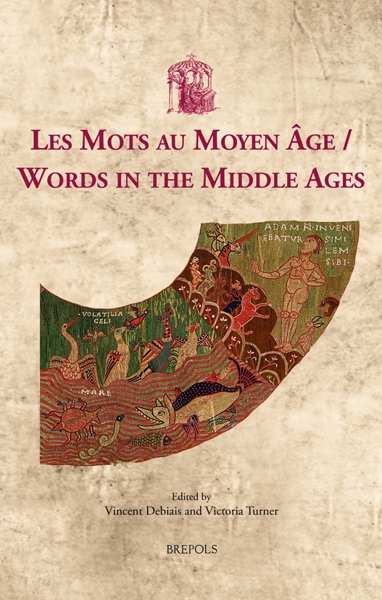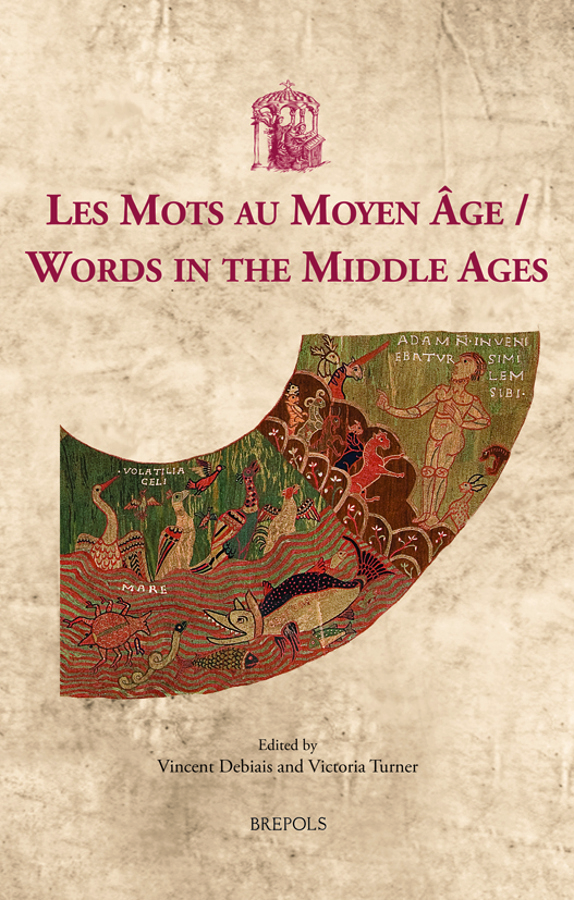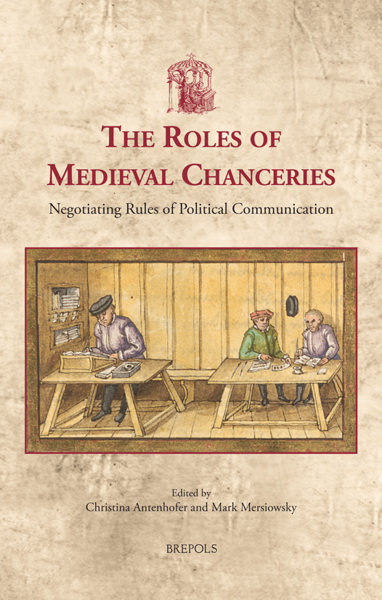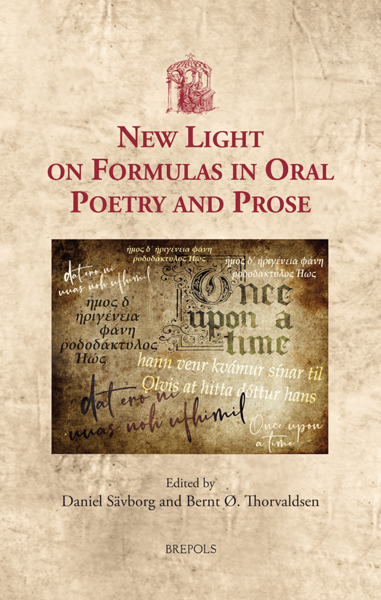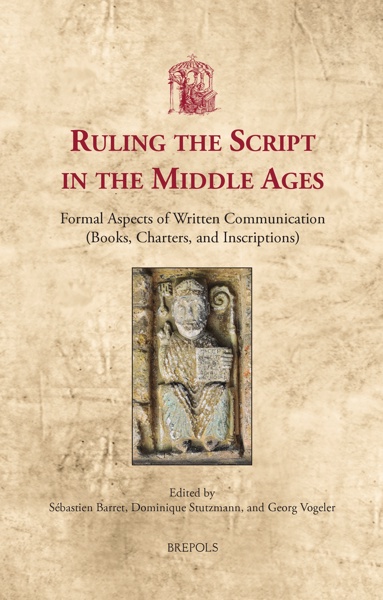
Words in the Middle Ages / Les Mots au Moyen Âge
Victoria Turner, Vincent Debiais (eds)
- Pages: vi + 340 p.
- Size:156 x 234 mm
- Illustrations:100 b/w, 6 tables b/w.
- Language(s):English, French
- Publication Year:2020
- € 90,00 EXCL. VAT RETAIL PRICE
- ISBN: 978-2-503-58795-0
- Hardback
- Available
- € 90,00 EXCL. VAT RETAIL PRICE
- ISBN: 978-2-503-58796-7
- E-book
- Available
A return to words of the Middle Ages in and of themselves, tracing the status of the medieval word from ontology to usage, encompassing its visual, acoustic, linguistic, and extralinguistic forms.
“(…) the essays nevertheless suggest numerous points of connection between material objects and words in their various linguistic and graphic properties.” (Adam Oberlin, in The Medieval Review, 22.04.19)
« ...si elles n’interrogent pas strico sensu la notion de “mot” dans sa dimension linguistique (...), les contributions rassemblées constituent un beau dossier thématique, intéressant et bigarré, qui propose un large panel d’études de cas, prenant tour à tour le mot sous l’angle de la terminologie, des signes, des espaces, du lexique, des textes, de l’absence même, qu’il soit en contexte ou isolé, en association avec l’image peinte ou gravée. » (Franck Cinato, dans Cahiers de civilisation médiévale, 270, 2025, p. 242)
Vincent Debiais is full researcher at the Centre de recherches historiques (EHESS, Paris)
Victoria Turner is Lecturer in French at the University of St Andrews.
This collection of essays is a return to words of the Middle Ages in and of themselves, uniting philologists, historians, epigraphers, palaeographers, and art historians. It probes the intellectual, technical, and aesthetic principles that underpin their use and social function in medieval graphical practices, from epigraphy and inscriptions, to poetics, ‘mots’, and ‘paroles’. By analysing the material and symbolic properties of a particular medium, the conditions in which texts become signs, and scribal expertise, the contributors address questions that initially seem simple yet which define the very foundations of medieval written culture. What is a word? What are its components? How does it appear in a given medium? What is the relationship between word and text, word and letter, word and medium, word and reader? In a Middle Ages forever torn between economic and extravagant language, this volume traces the status of the medieval word from ontology to usage, encompassing its visual, acoustic, linguistic, and extralinguistic forms.
Introduction — VICTORIA TURNER et VINCENT DEBIAIS
Words with Masks: A Note on the Nomenclature of Some Late Medieval Initials — ADRIAN PAPAHAGI
Words as Graphic and Linguistic Structures: Word Spacing in Psalm 101 Domine exaudi orationem meam (Eleventh-Fifteenth Centuries) — DOMINIQUE STUTZMANN
Managing a Living Book: The Planning and the Use of Page Surface in Parish Obituaries in the Late Medieval Diocese of Strasbourg — ANNE RAUNER
Correction of Liturgical Words, and Words of Liturgical Correctio in the Ordines Romani of Saint Amand — ARTHUR WESTWELL
Aligning Word and Deed: The Emergence of Confessor as a Priest Who Hears Confession — JENNIFER M. FELTMAN
The Origin of the Text and the Authority of the Word in Robert de Boron’s Joseph d’Arimathie — LUCAS WOOD
Kisses on Stitches: Words of Active Fetishisation of Cloth Bodies in Old French Romance — MORGAN BOHARSKI
Quacktrap: Glosses and Multilingual Animal Contact in the Tretiz of Walter of Bibbesworth — LIAM LEWIS
Un règne sans roi: Le non-dit du temps dans quelques inscriptions de la Gaule du haut Moyen Âge — MORGANE UBERTI
Nommer, couper, incorporer: Quand le nom rencontre le corps de l’image — ESTELLE INGRAND-VARENNE
Mirror Writing in Devotional Texts and Images — KATJA AIRAKSINEN-MONIER
Encircling Inscriptions in Early Byzantine and Carolingian Sacral Buildings — CAROLINE SCHÄRLI
Épigraphie et création artistique à l’époque romane: Le paysage monumental du Haut-Aragon autour de 1100 — FRANCISCO DE ASÍS GARCÍA GARCÍA
Between Written and Spoken Words: The Use and Function of Inscriptions on Medieval Baptismal Fonts — JÖRG WIDMAIER
Résumés – Abstracts
